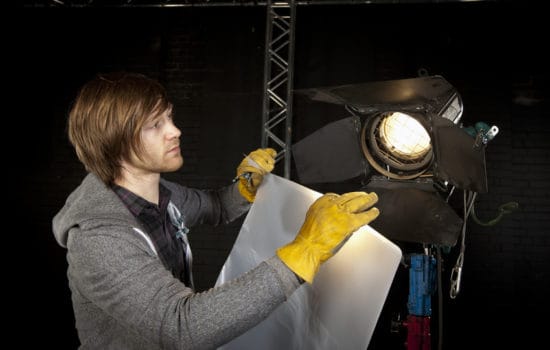But first, what exactly is a movie script?1 Plenty of people have heard the term thrown around in conversation, but why do screenplays exist?
Especially when so many films are made from existing intellectual property such as graphic novels, books, and even newspaper articles, why aren’t those storytelling mediums used for making a movie?
Given the popularity of IP in Hollywood, should you try to write a novel from your screenplay? This video discusses the differences between mediums and the challenges of writing each.
Well, let’s take a look at one of the most successful adaptations in cinema—that of the Harry Potter books.
As a whole, the series clocks in just under 20 hours of viewing time. Consider then just how long the films would be if the source material, which between all the books is approximately 4,000 pages, had been used instead of a script that hovers around 120 pages per movie.
How to write a movie script is critical, as in many cases the source material needs to be condensed to fit the length of a film.2
Alternately, a 500-word newspaper article might make a great jumping-off point for a film, but it’s hardly enough material to sustain a two-hour movie. However, that’s when the talent of a Screenwriter can be utilized by fleshing out that article and making it an interesting story for the screen.
But even in the absence of source material, a screenplay is fundamental to the filmmaking process. Just as Architects require blueprints for the construction of a building, so too do Filmmakers need scripts to create a film.
As we’re about to dive into, a movie script entails very specific formatting that can not only describe for a reader what is happening in the story but also reveal to a Director, Cinematographer or other entertainment professional the key elements necessary for it to be made into a movie.
How long does it take to write a script for a movie?
Some Screenwriters like John Hughes have been known to write complete scripts over a single weekend. While he ended up having a widely successful career as a Screenwriter, Director, and Producer, most writing creatives do not work that fast.
The time it takes to write a script can vary anywhere from a few days to several years. A Screenwriter might have a great initial idea and then it stalls out during the outline phase. Or a production company hires someone to write a script, but they get fired off the project after a couple of months and the script goes into turnaround. Or any other number of reasons.
Some Screenwriters set timeline targets for themselves. Others hired onto a project are given deadlines. So in many cases, a script might be completed in just a few months. But the speed with which a Writer finishes a script does not indicate one way or another if it is a script that is ready to be produced.























